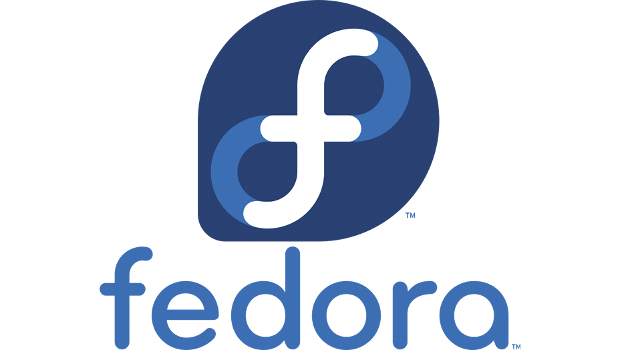With the release of Red Hat’s 25th Fedora distribution of Linux, Fedora pursues a three-pronged attack, aiming to be a developer’s paradise, a flexible server, and a strong base for a fast-moving container-centric future.
Although originally a single Linux distribution, Fedora was split into three sub-editions back in 2014, server, workstation, and cloud, each with a feature set and an overall design to complement its use case.
That move did not change Fedora’s reputation as a fast-moving distribution that provides a workspace for those who want to get a sense of where Linux, and particularly Red Hat, is going. Even with an adventurous target audience, Fedora must remain stable and useful.
X11 out, Wayland in
Fedora began more or less as a desktop environment, and the vast majority of Fedora users will experience Fedora 25 through Workstation.
The biggest change, which has been in the works for years, is replacing the legacy X11 display server with the Wayland project, which makes better use of current graphics hardware and provides a more modern and secure methodology for windowing. Fedora can still fall back to using X11 if needed, but Wayland is now the default. Few will notice a difference, as applications for Gnome 3.22 (Fedora’s default desktop environment) outwardly all behave the same way.
Fedora generally, and Fedora Workstation specifically, have long been positioned as developer-friendly distributions. Fedora 25 builds on that legacy by providing a wealth of up-to-the-minute tools:
Rust support
Multiple side-by-side versions of Python (both 2.x and 3.x); this makes it easier to run most Python apps or develop across versions of the language
The latest version of Docker (1.12) for creating and working with containers
Some new futures are experimental and speculative, though their future is not clear, even within Fedora. Red Hat’s Flatpak application distribution system, for instance, comes standard. But there’s little sign it will take off and become a broadly accepted methodology for installing desktop software in Linux, especially as desktop software in general cedes ground to web-based services and in-browser applications.
Splitting the atom
When Fedora originally split into server and workstation editions, it provided two server flavours: one for conventional in-house serving for file, print, and network management, and another for hosting applications at scale.
The latter, originally called Fedora Cloud, has been renamed Fedora Atomic Host because it uses Docker container images to “atomically” manage system components and updates, which is then used to deploy and run container-based workloads.
Red Hat has never been ambiguous about containers as the new basic unit for workloads, but Fedora Cloud is still available if you want to use old-school workload management — although there’s no guarantee how long Cloud will be available.
For users who elect to use Atomic Host, expect a far more rapid release cycle than with Fedora itself. Red Hat plans to refresh Atomic Host “on a two-week release cycle (with major releases coinciding with new Fedora versions)”, and with a Docker image “updated monthly along with critical security updates, for use in building Linux containers.”
Move fast and break stuff
In theory, that pace should be less jarring for Fedora users than for those working with other distributions, since they should already be familiar with Fedora’s tight time frame. Fedora’s six-month release cycle is meant to move fast and keep things current, and any given Fedora release is supported for only 13 months.
The hard part is not letting that become an excuse to ship items simply because they’re new, and ending up with a product that can’t even help users who want a leading-edge experience.
Earlier this year, Red Hat developer Christian Schaller talked about how Fedora is meant to be “leading edge rather than bleeding edge.”
“If we really want something in, but it isn’t 100% ready for prime time yet, we do what we have done with Wayland or the GTK3 port of LibreOffice, we make it available as an option for early adopters, but we default to the safer choice while we work out the last wrinkles,” he said.
Schaller cited Fedora’s three sub-distributions as part of that process, and he noted that enhanced crash reporting and bug feedback across all editions of Fedora are meant to let developers know if they’ve gone off the deep end. “Fedora stability” is one of the most common suggestions that pops up when searching for “Fedora” on Google; that concern clearly remains at the forefront of Fedora users’ minds.
IDG News Service








Subscribers 0
Fans 0
Followers 0
Followers